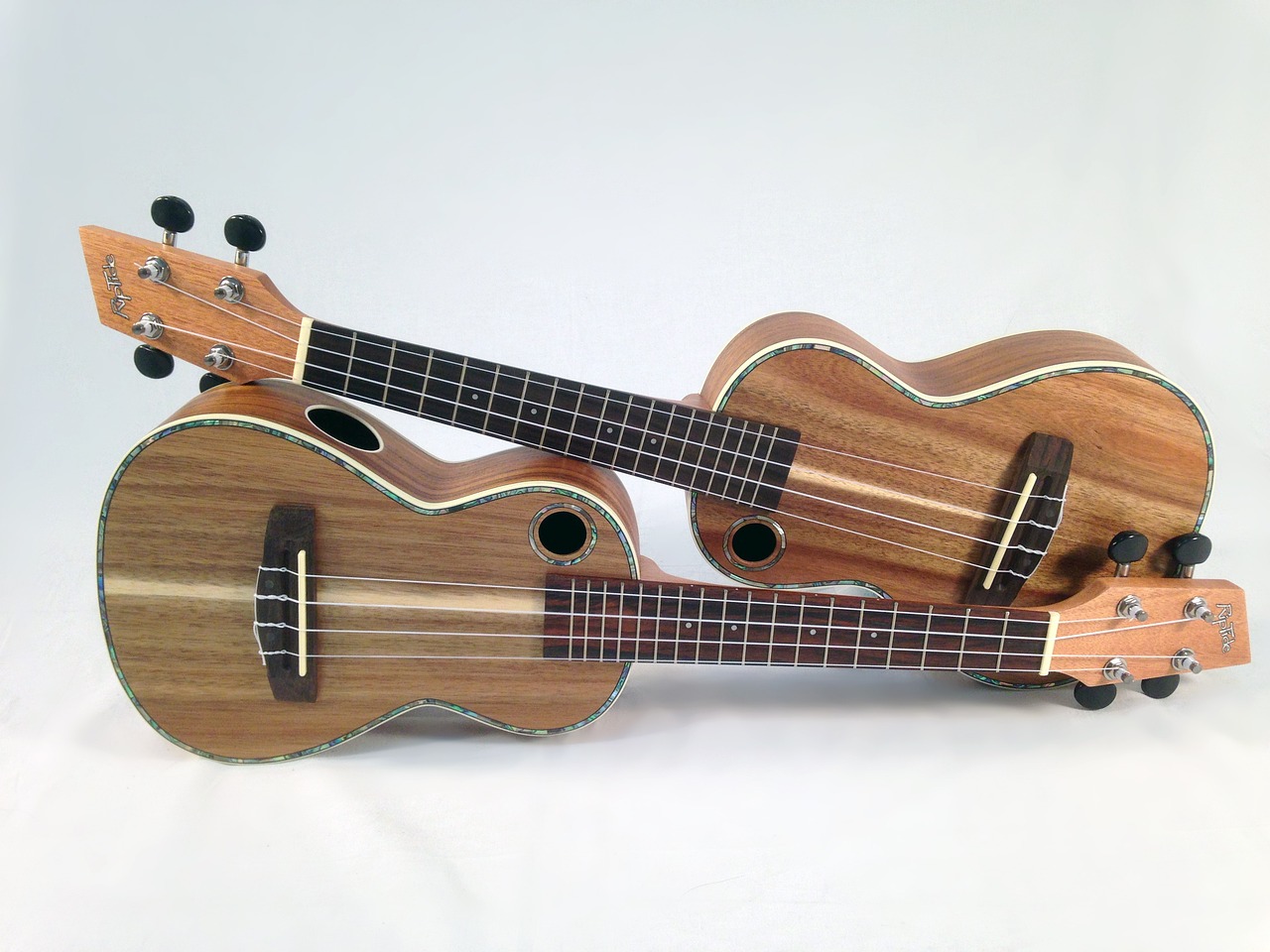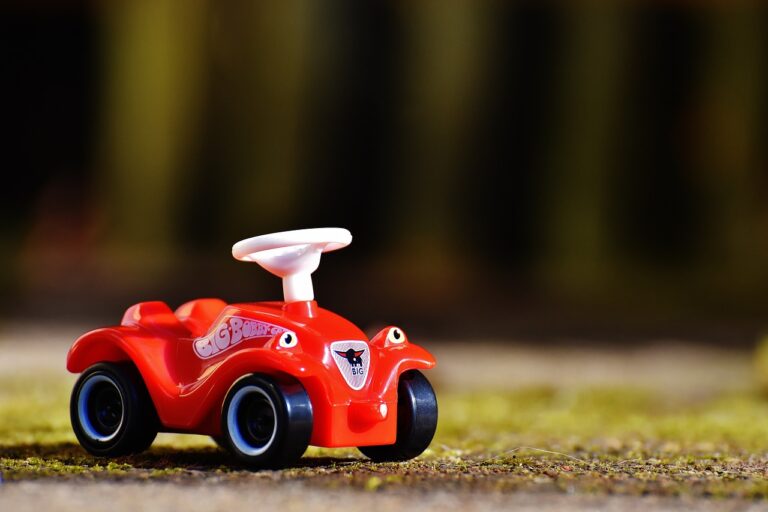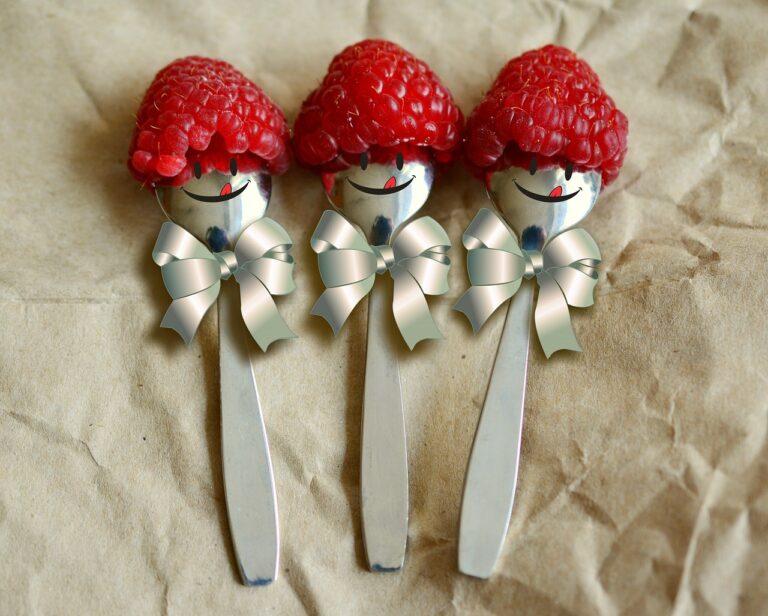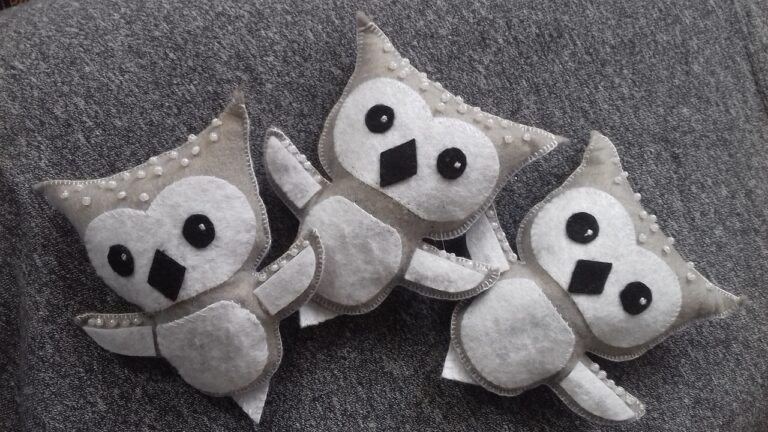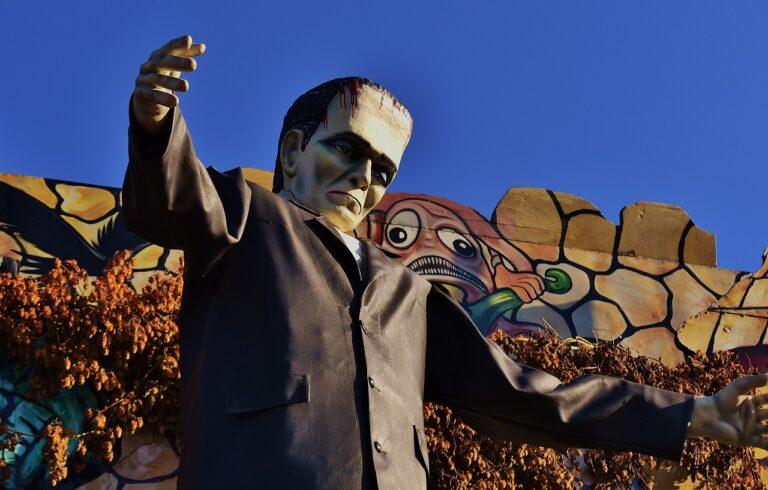The Art of Storyboarding: Visualizing the Film Narrative
Storyboarding in film production serves as a crucial tool for filmmakers to visually map out the sequence of scenes in a film. By creating a series of illustrations that depict key moments in the story, filmmakers can effectively plan the framing, composition, and pacing of each shot. This pre-visualization process helps directors and cinematographers communicate their vision to the rest of the crew, ensuring everyone is on the same page before the cameras start rolling.
Moreover, storyboarding allows filmmakers to experiment with different ideas and storytelling techniques without the constraints of a full-scale production. It provides a cost-effective way to test out different camera angles, transitions, and visual effects before committing to shooting on set. By refining the visual storytelling elements in the storyboard stage, filmmakers can streamline the production process and minimize potential costly mistakes during filming.
The History of Storyboarding in the Film Industry
Storyboarding has been an integral part of the film industry since the early 1930s when Disney animators began using it to plan out their animated feature films. Initially, storyboards were simple sketches drawn on separate sheets of paper to visually represent each scene in a film. Over time, the utilization of storyboards evolved, becoming more detailed and structured, with filmmakers using them not only for planning scenes but also for capturing camera angles, blocking movements, and conveying the overall visual tone of a film.
As the film industry continued to grow and evolve, so did the importance of storyboarding in the production process. Directors and cinematographers started to recognize the value of storyboards in helping them communicate their vision to the rest of the crew, ensuring a cohesive and visually compelling final product. With advancements in technology, storyboarding techniques also modernized, shifting from traditional hand-drawn sketches to digital formats, making the process more efficient and accessible for filmmakers around the world.
Key Elements of a Successful Storyboard
A successful storyboard is characterized by clear and concise storytelling. Each frame should effectively convey the desired emotion, action, and camera angles to guide the visual narrative. Visual clarity is key to ensuring that everyone involved in the production understands the vision and can work towards bringing it to life seamlessly.
Another crucial element of a successful storyboard is layout and composition. The arrangement of each frame should flow logically to maintain the overall coherence of the story. Proper composition helps in highlighting the key elements of each scene and aids in visualizing how different shots will come together in the final product. Efficient use of space and attention to detail in the composition can significantly enhance the impact of the storyboard on the final film.
• Clear and concise storytelling is essential for a successful storyboard
• Each frame should effectively convey emotion, action, and camera angles
• Visual clarity helps everyone understand the vision of the production
• Layout and composition play a crucial role in a successful storyboard
• Frames should flow logically to maintain coherence of the story
• Proper composition highlights key elements of each scene
• Attention to detail can enhance the impact on the final film
What is the main purpose of storyboarding in film production?
Storyboarding helps visually plan out a film scene by scene before actual filming begins. It allows filmmakers to map out the sequence of shots, camera angles, and visual elements needed to tell the story effectively.
Can you provide a brief overview of the history of storyboarding in the film industry?
Storyboarding has been used in the film industry since the early 1930s, with Walt Disney and his team being credited as pioneers of the technique. It has since become a standard practice in film production, helping filmmakers bring their vision to life on screen.
What are the key elements that make a storyboard successful?
Some key elements of a successful storyboard include clear and concise drawings, accurate shot compositions, effective use of camera angles, detailed scene descriptions, and a strong focus on storytelling. Additionally, a well-organized layout and continuity between frames are also crucial for a successful storyboard.

